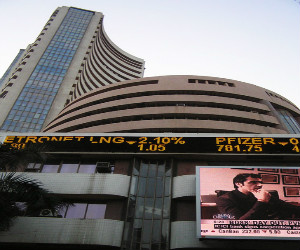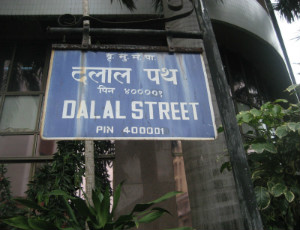

Indian stock markets hit seven-month high in the week that ended on June 3, as benchmark share indices Sensex or BSE 30 zoomed 0.7 percent to 26,843 and the Nifty50 ended up 0.8 percent at 8,221. The catalysts for the uptrend were encouraging GDP growth, better-than-expected corporate earnings and above normal monsoon forecast.
However, a lull or flat scenario is expected in the markets in the second week of June as the RBI goes into policy meeting and status quo on interest rates is widely expected. The data on index of industrial production for April 2016 will also be released by the government.
“The bullish trend in the markets continued after higher-than-expected GDP growth, better-than-expected corporate earnings and India Meteorological Department (IMD) maintaining above normal monsoon forecast. With the street expecting no rate cut by the RBI next week, global cues and the progress of the monsoon will be the key triggers,” said G Chokkalingam, founder at Equinomics Advisory.
Though US Fed rate hike has been speculated, no rate cut is expected from the Reserve Bank of India (RBI) at its second bi-monthly policy in June second week. However, global cues, including the US jobs data and progress of monsoon may weigh on the stock movements in the weeks to come, Business Standard reported.
Among the gaining stocks included, Tata Motors as the topper in Sensex, up 12.5 percent, after its robust March quarter results. Coal India jumped 10 percent after the company raised prices by 6 per cent for regulated and non-regulated sectors.
Axis Bank gained six per cent after RBI allowed hiking foreign shareholding in the bank to 62 percent. Tata Steel rose three percent after its overseas arm Tata Steel UK announced the sale of its 4.5 million-tonne products division to Greybull Capital. Prominent losers included IT company Wipro and Engineering company Punj Llyod.
At the currency front. Indian rupee INR is expected to perform better despite the US dollar rally. On June 2. INR was trading at 67.30. Analysts expect INR to be in the region of 67.48 per dollar in June and 68.17 by November and 67.63 in a year.
Yuna Park at Dongbu Securities told Reuters that the US Fed rate hike may pressure emerging currencies but the volatility will not be very pronounced as Fed will be moving on a calibrated basis. The analyst said “global money inflows into Indian assets” can increase post-hike.



